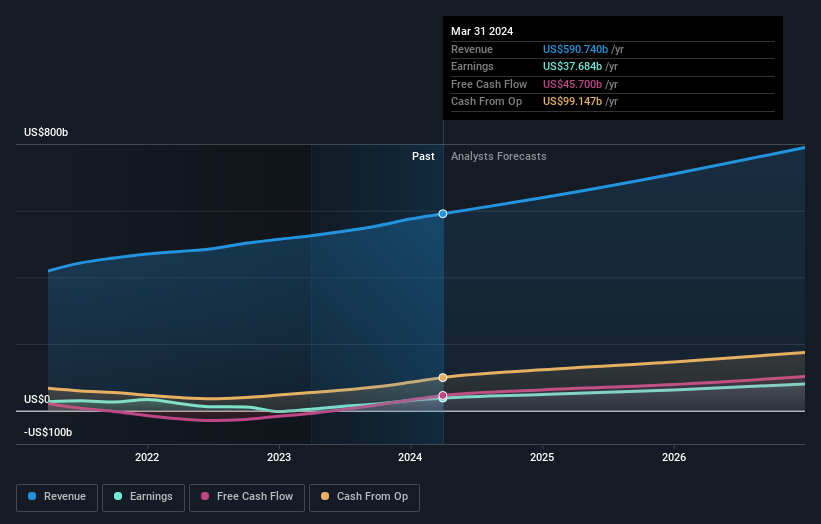Is Amazon.com, Inc. (NASDAQ:AMZN) Potentially Undervalued?
Today we're going to take a look at the well-established Amazon.com, Inc. (NASDAQ:AMZN). The company's stock received a lot of attention from a substantial price movement on the NASDAQGS over the last few months, increasing to US$190 at one point, and dropping to the lows of US$167. Some share price movements can give investors a better opportunity to enter into the stock, and potentially buy at a lower price. A question to answer is whether Amazon.com's current trading price of US$184 reflective of the actual value of the large-cap? Or is it currently undervalued, providing us with the opportunity to buy? Let’s take a look at Amazon.com’s outlook and value based on the most recent financial data to see if there are any catalysts for a price change.
View our latest analysis for Amazon.com
What's The Opportunity In Amazon.com?
Amazon.com appears to be expensive according to our price multiple model, which makes a comparison between the company's price-to-earnings ratio and the industry average. In this instance, we’ve used the price-to-earnings (PE) ratio given that there is not enough information to reliably forecast the stock’s cash flows. We find that Amazon.com’s ratio of 50.69x is above its peer average of 24.64x, which suggests the stock is trading at a higher price compared to the Multiline Retail industry. But, is there another opportunity to buy low in the future? Since Amazon.com’s share price is quite volatile, this could mean it can sink lower (or rise even further) in the future, giving us another chance to invest. This is based on its high beta, which is a good indicator for how much the stock moves relative to the rest of the market.
What does the future of Amazon.com look like?
Investors looking for growth in their portfolio may want to consider the prospects of a company before buying its shares. Although value investors would argue that it’s the intrinsic value relative to the price that matter the most, a more compelling investment thesis would be high growth potential at a cheap price. Amazon.com's earnings over the next few years are expected to double, indicating a very optimistic future ahead. This should lead to stronger cash flows, feeding into a higher share value.
What This Means For You
Are you a shareholder? It seems like the market has well and truly priced in AMZN’s positive outlook, with shares trading above industry price multiples. At this current price, shareholders may be asking a different question – should I sell? If you believe AMZN should trade below its current price, selling high and buying it back up again when its price falls towards the industry PE ratio can be profitable. But before you make this decision, take a look at whether its fundamentals have changed.
Are you a potential investor? If you’ve been keeping an eye on AMZN for a while, now may not be the best time to enter into the stock. The price has surpassed its industry peers, which means it is likely that there is no more upside from mispricing. However, the positive outlook is encouraging for AMZN, which means it’s worth diving deeper into other factors in order to take advantage of the next price drop.
It can be quite valuable to consider what analysts expect for Amazon.com from their most recent forecasts. So feel free to check out our free graph representing analyst forecasts.
If you are no longer interested in Amazon.com, you can use our free platform to see our list of over 50 other stocks with a high growth potential.
Have feedback on this article? Concerned about the content? Get in touch with us directly. Alternatively, email editorial-team (at) simplywallst.com.
This article by Simply Wall St is general in nature. We provide commentary based on historical data and analyst forecasts only using an unbiased methodology and our articles are not intended to be financial advice. It does not constitute a recommendation to buy or sell any stock, and does not take account of your objectives, or your financial situation. We aim to bring you long-term focused analysis driven by fundamental data. Note that our analysis may not factor in the latest price-sensitive company announcements or qualitative material. Simply Wall St has no position in any stocks mentioned.

 Yahoo Finance
Yahoo Finance 
